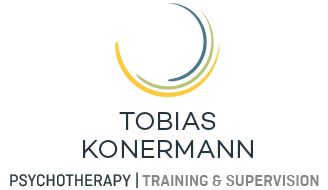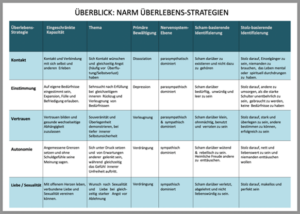DEVELOPMENTAL TRAUMA
The Neuroaffective Relational Model (NARM®) is a somatically oriented therapy for the systematic treatment of developmental trauma. The approach is based on a psychodynamic, resource-oriented model that is focused on the experience in the here and now.
Through somatic mindfulness and helping to create insight into adaptive survival strategies, chronic patterns of guilt and shame are recognized and gradually resolved. The model shows how the regulation of our nervous system is inevitably linked to our experience of identity and our patterns of personality.

FOR THERAPISTS
NARM ® currently appears to be one of the most advancing process-oriented therapies, along with modalities such as IFS® or SE®. It addresses the core organizing principles underlying distortions of identity and somatic dysregulation. Moreover, it introduces a new understanding of looking at therapeutic change in general. NARM professionalizes the humanistic perspective in the expanded context of psychodynamics and the nervous system.
“The price for freedom is eternal mindfulness“
Laurence Heller
FOR PATIENTS
Symptoms and internal stressors cannot simply be resolved through behavioral discipline or internal effort. They are side effects or consequences of deeper areas of tension in our experience. These inner conflicts arise from core needs in our lives that were compromised in their expression during our development as children.
The Good News: What makes the difference in our psychological well-being is how freely we can access these core needs and relate to them in new ways.



